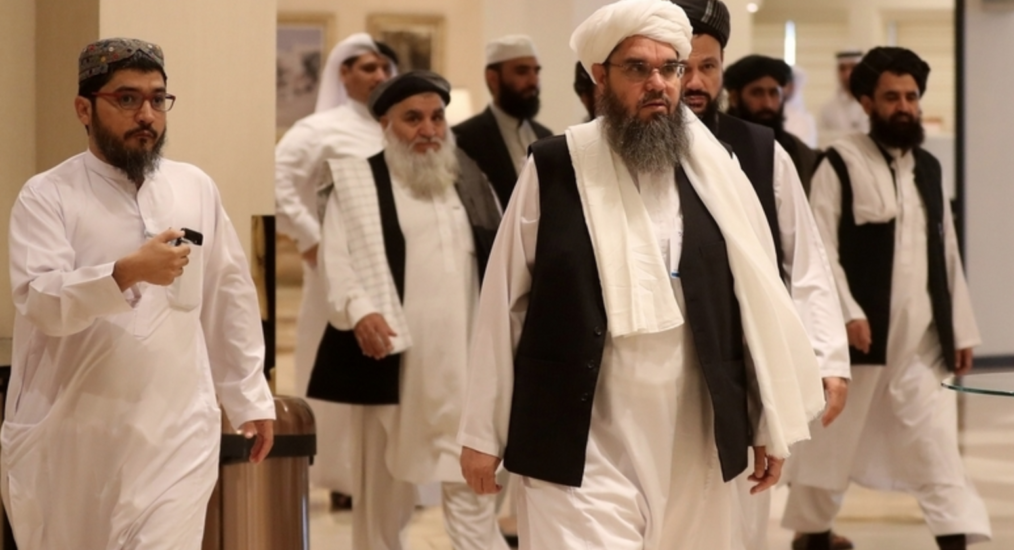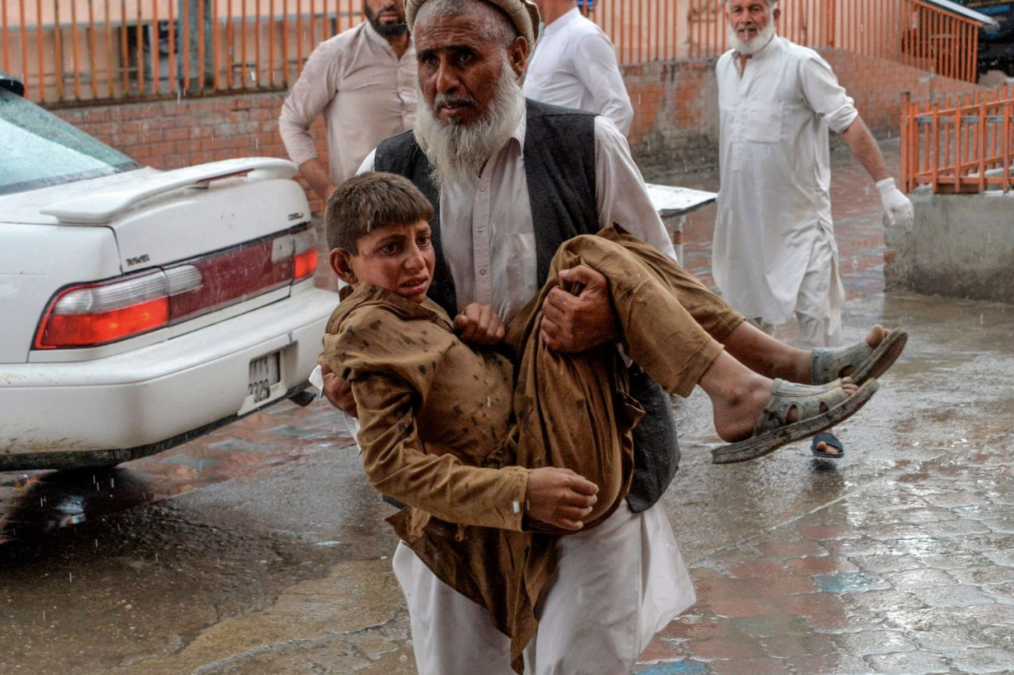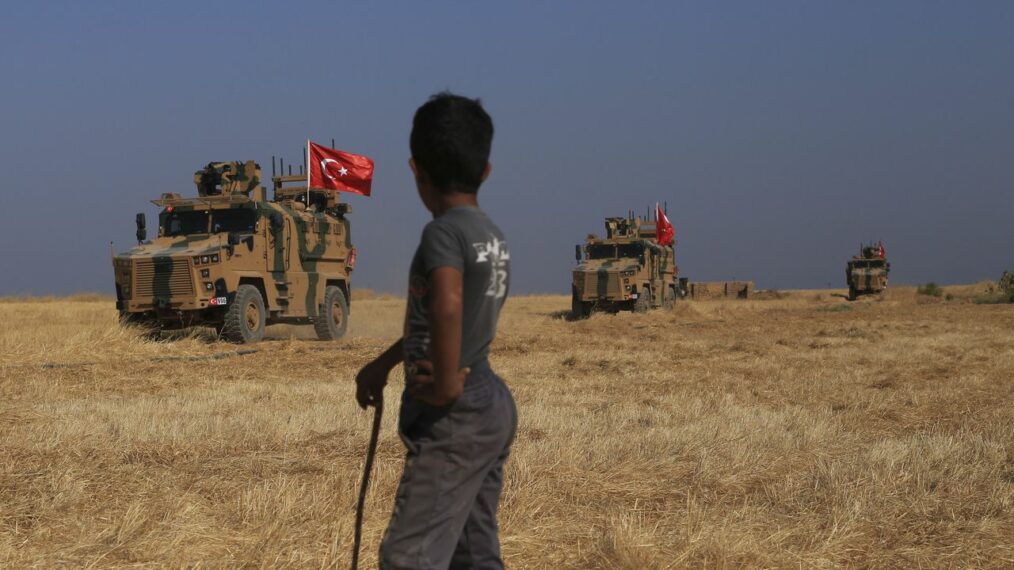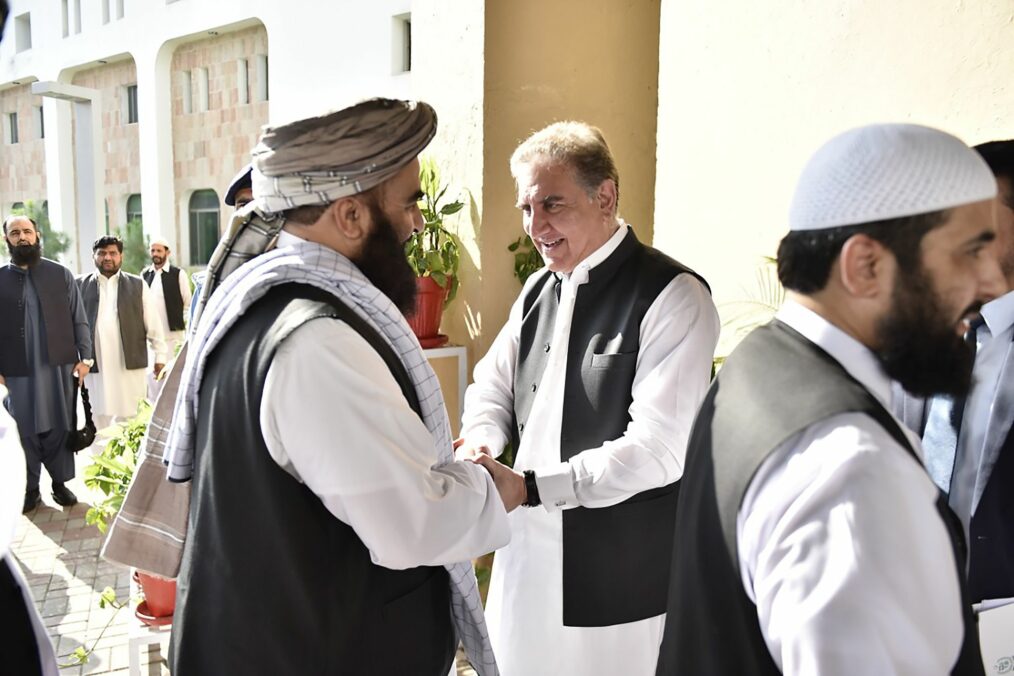Iran joined numerous countries that scrutinized Turkey’s military operation (Peace Spring) in northern Syria. The operation has been discussed and commented on not only by the Iranian authorities, but also by the Iranian press, social media, and even in Friday sermons.
Most of these assessments and comments indicate negative views against Turkey’s actions. The level of criticism has at times resulted in what could be considered as a serious insult against President Recep Tayyip Erdoğan.
Since the beginning of the Syrian crisis, Iran sought a policy focused on stability, such as the advocation of the continuation of the Assad regime. In this context, Iran provides various kinds of support, especially in the military field to Assad. Some high-level Revolutionary Guard Army officers lost their lives during the clashes in Syria, and large ceremonies were held in Iran to honor them. To summarize, Tehran aims to use its position in Syria as a deterrent against regional and international forces.
Statements by Iranian authorities, in particular, President Rouhani and Foreign Minister Zarif, called on Turkey to end the operation as soon as possible. Emphasis on Syrian territorial integrity and that a viable political solution could only come through political negotiations was apparent.
Further, to demonstrate their dissatisfaction with the events, Iranian Parliamentary Speaker Ali Larijani cancelled his official visit to Turkey on the day the operation began and the former Iranian President Mahmoud Ahmadinejad postponed his trip to Istanbul for an event.
The conservative segment close to the Iranian religious leader used more severe expressions in their reaction to the operation. Farhikhtegan Newspaper —which is known for its close ties to Dr Ali Akbar Velayati; the international relations advisor of the Iranian religious leader Khamenei — used the title “Sultanism in the Service of Terrorism”.
The Tasnim News Agency predicted that the future of the operation would be similar to the situation of the Saudi military operation in Yemen. The Friday imams — representatives of the religious leader — also used similar language in their sermons, such as heavy criticism of Turkey, blaming Turkey of having Ottoman dreams and engaging in Mongolian-type aggression.
In the Iranian Parliament, many deputies made statements against the operation. Declarations stated that the operation was illegal and that it would further complicate the situation in Syria. However, some Azeri members of parliament expressed support for the operation. In these statements of support of Turkey, they claimed that the military operations were carried out in order to fight against terrorism.
Iranian artists have not kept their disagreement with the operation silent either. Their reactions mostly focus on the humanitarian dimension and serious allegations, such as genocide and alleged evidence of war crimes. Some Iranian singers cancelled performances in Turkey as a response to the Turkish operation in northeastern Syria.
Additionally, in some parts of Iran, civilians took some form of action. A demonstration held in front of the Embassy of Turkey in Tehran attracted a significant number of participants; even some that wrote anti-Turkey and Erdoğan slogans on walls. Other protests occurred in the cities of Senendec, Bane, Merivan, Chios and Mahabad in the west of Iran.
Such demonstrations do not occur very often and it should be noted that this expression against the Turkish military operation was permitted, or at least tolerated, by the government.
Social media revealed even broader —and often more extreme —reactions of Iranian citizens. Messages went so far as to claim that the military operation would be the downfall of Erdoğan and called for boycotts of Turkish products.
The position — or lack thereof —of the Supreme Leader and the Revolutionary Guards is an additional remarkable point to consider. In the Islamic Republic of Iran, the religious leader, referred to as the rahbar (guide), and the Revolutionary Guards that act under him are significant actors in the determination of the state’s domestic and foreign policies. Therefore, it is interesting that neither the religious leader nor the commanders of the Revolutionary Guards who typically state their opinions on almost every subject, have not made any statements about the Turkish military operation so far.
This silence drew criticism from all segments of Iranian society, however this lack of public comment can be regarded as an opinion. It is important that in a country like Iran, where every action takes place under strict control by the government, at least the people were allowed to react.
Iran and Turkey —rivals throughout history — remain at odds over their respective interests in the Syrian crisis. Iran perceives Syria as the axis of resistance and it does not want to lose its interest in the territory, therefore it is of little surprise that the reaction of the Iranian public continued after the military operation concluded.
Despite the aforementioned points, the two nations attempt to follow a balanced policy towards each other due to their commercial and cultural relations. Iran currently experiences serious economic difficulties due to sanctions and it will want to maintain its influence in the Middle Eastern countries, especially Syria.
Harun Basli has a MSc. in Persian Language and Literature. He conducted important research on Turkey-Iran relations and Iranian foreign policy in the Middle East, as well as radicalization and violent extremism in the region. He worked as a consultant on security cooperation in Tehran and currently acts as a researcher at the Global Center for Security Studies.
The views expressed in this article are the author’s own and do not necessarily reflect those of Rise to Peace.











